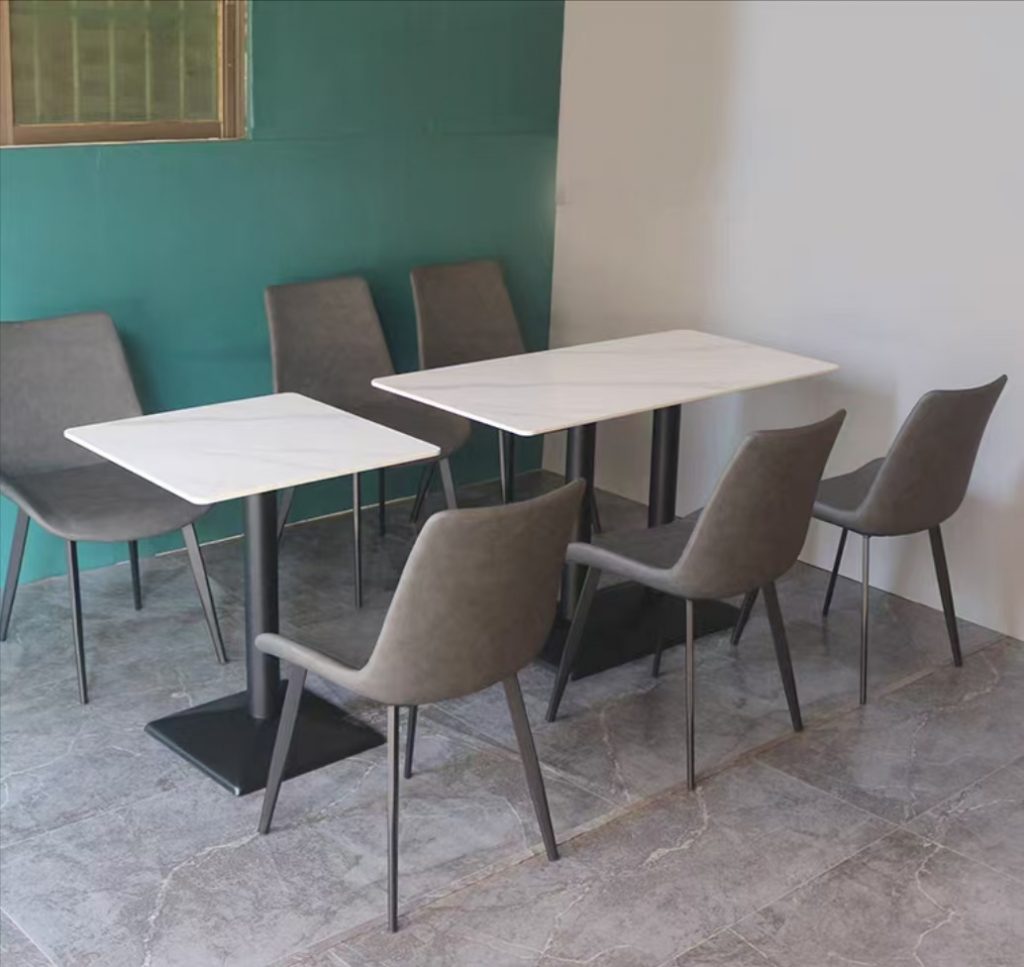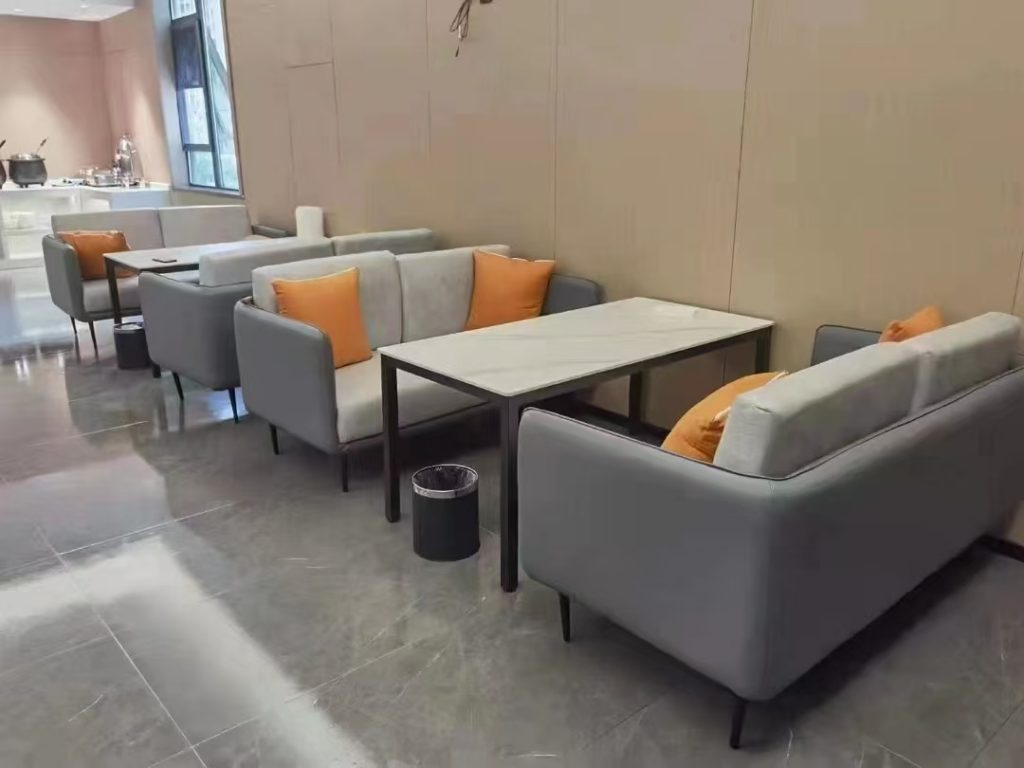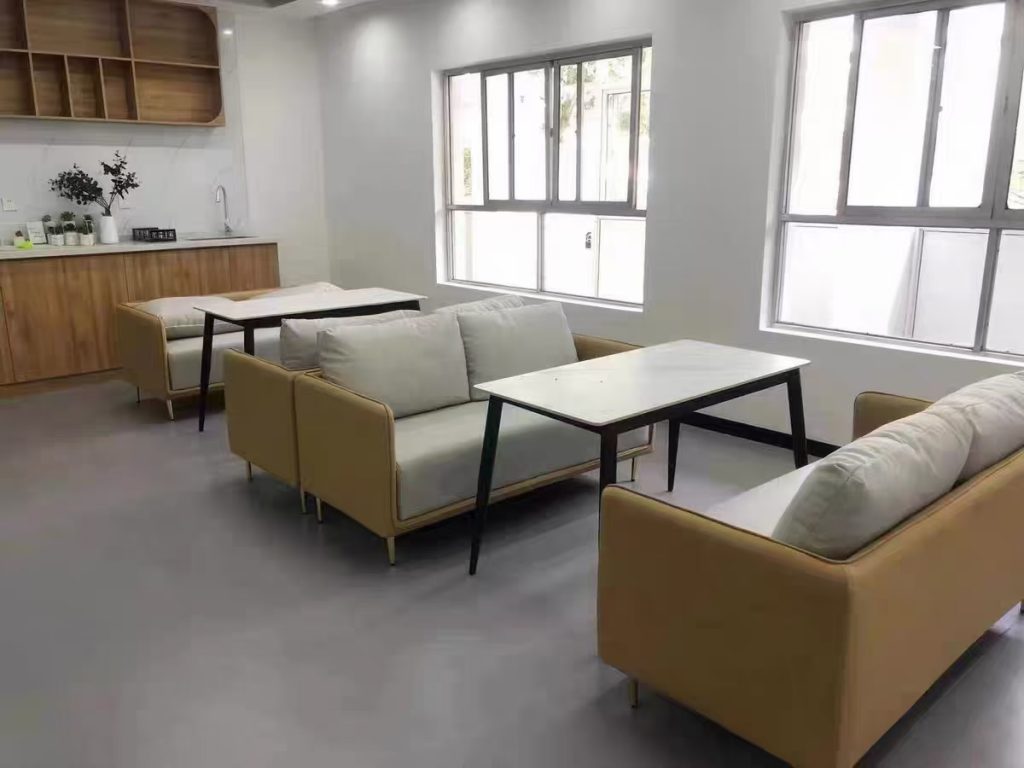The global furniture market is highly regulated, and exporters must navigate complex licensing requirements to ensure compliance and seamless international trade. For furniture suppliers in China, understanding export license regulations is critical to avoiding delays, penalties, and reputational risks. This article clarifies China’s licensing framework, key requirements, and best practices for furniture exports.
—
Do You Need an Export License for Furniture in China?
Most standard furniture products (e.g., wooden chairs, sofas, modular shelves) do not require a special export license under Chinese law. However, certain scenarios mandate licenses or certifications:
1. Protected Materials: Furniture made from endangered species (e.g., rosewood, ivory) or CITES-regulated plants requires a Convention on International Trade in Endangered Species (CITES) permit.
2. Military-Grade Components: Items containing dual-use materials (e.g., advanced composites) may need approval from China’s Ministry of Commerce.
3. Sanctioned Markets: Exports to embargoed countries (e.g., North Korea, Iran) are strictly prohibited without government authorization.
For routine furniture exports (e.g., residential/commercial furniture), focus on standard customs procedures rather than specialized licenses.
—
Core Steps for Furniture Export Compliance in China
Even if a license isn’t required, suppliers must adhere to these regulations:
1. Business Registration:
– Ensure your company holds a valid Foreign Trade Operator Registration Certificate (对外贸易经营者备案登记).
– Register with China Customs via the Single Window System (国际贸易“单一窗口”).
2. Product Certifications:
– Technical Barriers to Trade (TBT): Comply with destination-country standards (e.g., EU CE, U.S. ASTM).
– Safety Certifications: Fire-retardant furniture for public spaces may need UL or Intertek certifications.
3. Customs Declarations:
– Submit accurate documentation, including invoices, packing lists, and Bills of Lading.
– Declare HS Codes (Harmonized System) correctly to avoid classification errors.
4. Labeling Requirements:
– Include product origin (“Made in China”), material composition, and safety warnings (if applicable).
—
Key Documents for Furniture Exports
Document Purpose
Commercial Invoice Proof of sale, value, and terms of delivery.
Packing List Itemized breakdown of goods, quantities, and weights.
Phytosanitary Certificate Required for wooden furniture to prevent pest transmission (issued by AQSIQ).
Fumigation Certificate Mandatory if wood packaging materials (e.g., pallets) are used.
—
Common Pitfalls to Avoid
1. Misclassification: Incorrect HS Codes lead to delays or fines. Use tools like China’s Customs Tariff Commission Database for accurate classification.
2. Undeclared Additives: Chemical treatments (e.g., formaldehyde in MDF) must comply with destination-country thresholds.
3. Counterfeit Risks: Avoid using branded logos or designs without explicit permission to evade IP infringement claims.
—
Future Trends in Furniture Export Compliance
– Digitalization: China’s Customs is adopting blockchain for paperless declarations, reducing processing times.
– Sustainability Pressures: Expect stricter enforcement of eco-labels (e.g., Forest Stewardship Council) for wood-based products.
– Regional Trade Agreements: Leverage FTAs like RCEP for tariff reductions on furniture exports to ASEAN countries.
—
Final Tips for Suppliers
1. Engage a Customs Broker: Specialized agents streamline compliance for complex shipments.
2. Monitor Policy Updates: Subscribe to updates from China Council for the Promotion of International Trade (CCPIT).
3. Audit Supply Chains: Ensure suppliers provide compliant materials and documentation.
Pro Tip: Pilot-test shipments with a small batch to verify compliance before scaling production.
—
This article targets keywords like “China furniture export license,” “furniture export regulations,” and “customs compliance for furniture.” By addressing regulatory nuances and practical solutions, it empowers suppliers to navigate China’s export landscape confidently.
Article link:https://www.vlefooena.com/manufacturer/4381/




No reply content